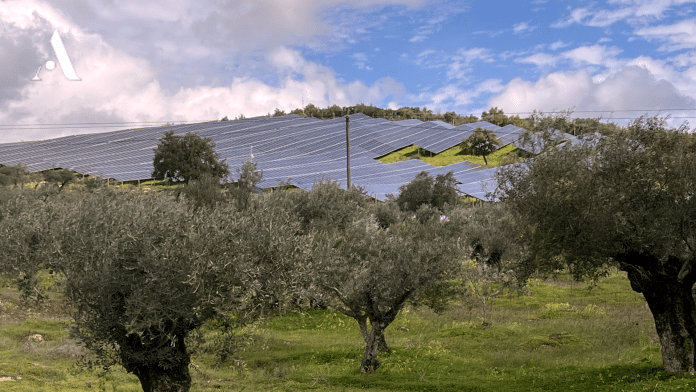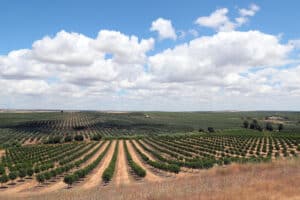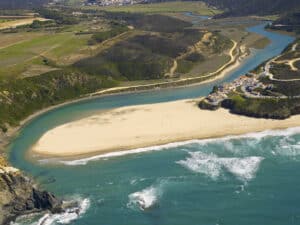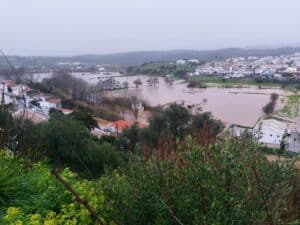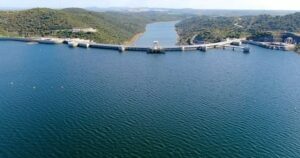Solar projects will bring 1.5 million panels to areas of municipality
A citizens’ platform has challenged a third photovoltaic solar plant planned for the north and northeast areas of the municipality of Évora. Two others are already planned, meaning the area faces having to accommodate a total of one and a half million solar panels.
“The projects for two megacentres in the area of Graça do Divor, near the city of Évora, were not enough – now a third appears in public consultation,” laments civic platform “Juntos pelo Divor” (Together for Divor), in a statement sent to Lusa news agency.
This third project, whose Scoping Proposal (PDA) for the Environmental Impact Study (EIA) is in public consultation until March 24, is promoted by Newcon40, based in Lisbon, and provides for 800,100 photovoltaic modules.
As for the other two, one is by Hyperion Renewables Évora, which has been reformulated to spread the 394,500 panels more widely and also has a PDA in public consultation, and the other is promoted by IncognitWorld 3, which proposes 362,076 modules.
According to the platform, the sum of these three plants produces almost 1,560,000 panels, with a total installed power of around 1,000 megawatts (MW), an area of only 460 hectares, and a total occupied area of more than 1,300 hectares.
“If we consider that the municipality of Évora has an area of 130,000 hectares, it is easy to calculate that these three mega power stations, if they were built, would correspond to 1% of this territory,” says the entity.
Referring to data from the National Energy and Geology Laboratory, “Juntos pelo Divor” platform points out that “1% is exactly the percentage of less sensitive areas in the municipality of Évora, and therefore more suitable for the installation of photovoltaic plants”.
“Nothing in these PDAs allows us to understand where and how the panels will be installed”; the processes are “without any technical opinion from local and regional entities, as determined by the European directive that defines public consultation processes”.
“But we have to know how to read the essentials and act without delay,” says the group, insisting that it must be invited to participate in the assessment process.
The group argues that there are alternatives to the “assault on the north and northeast of Évora”, where the Redes Energéticas Nacionais (REN) Divor substation is located. This substation allows connection to the Public Service Electricity Network.
“It can and should be considered a mistake to argue that this proximity has to be a criterion that overrides all others,” says Juntos Pelo Divor, proposing “construction, in less impactful areas, of one or more substations along the 400kV [kilovolt] lines that come out of this substation”.
In its statement, the platform reiterates that it is “in favour of renewable energies, as long as they are implemented under a participatory development plan”.
“Once the plan has been drawn up, all parties will benefit,” because “investors will have clear rules for their plans and those who have the final burden of approving the projects will have decision-making criteria that are much easier to apply.”
Acknowledging that this work would require “data, time and, above all, political will, which has not been forthcoming”, the group considers “it is urgent to stop and think”.
“To allow the values of biodiversity, landscape and heritage, which make up the identity of this region, to be seen as “states of mind” and not as planning criteria is to have learnt nothing from the wise men of long-term investment who never gave up on planting cork oaks,” the platform concludes.
Source material: LUSA

